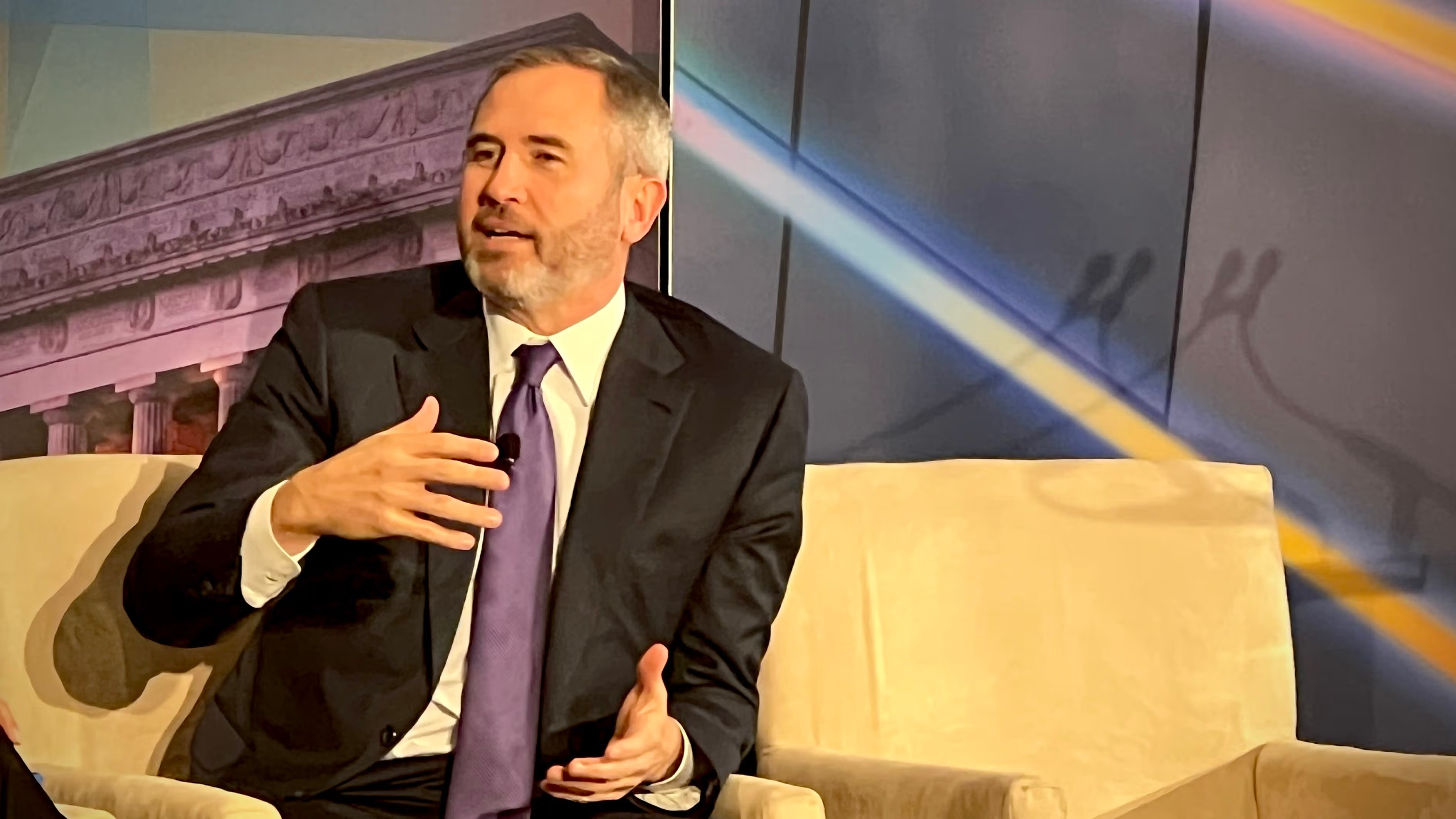Web 3.0, the third generation of the internet, is a new version of the internet that aims to give consumers more control over their content by a decentralized approach.
In web 3.0, websites and applications handle data in a sophisticated, human-like manner, using big data and decentralized ledger technology (DLT).
This article will explore the evolution of web 3.0, what it’s used for, web 3.0 applications, and project examples.
What is Web 3.0?
According to Tim Berners Lee, web 3.0 is “read, write, execute”. It’s the third generation of the internet, and its goal is to create a more connected, open, and intelligent version of the internet.
Web 3.0 uses new technologies such as artificial intelligence (AI), blockchain, augmented reality (AR), and virtual reality (VR) to create decentralized and highly engaging internet experiences.
According to computer scientists and internet experts, this new paradigm in web interaction will make people’s online life easier and more intuitive.
Data will be interconnected in a decentralized manner in Web 3.0. That is a huge step forward from our current internet generation (Web 2.0), where data is primarily stored in centralized repositories.
This means that through trusted intermediaries, people and organizations are now able to trade valuable information and collaborate with worldwide counterparts they don’t explicitly trust.
Though, with the arrival of blockchain and bitcoin, web 3.0 now places a greater emphasis on the blockchain’s decentralized qualities.
Web 3.0 Applications
1. Job Platforms
We’re all familiar with job platforms because we currently use them to find jobs. Many job boards allow companies to post a job criteria for a position that needs to be filled.
Similarly, we also have job-seeking platforms in web 3.0, but they’re all decentralized. CryptoTask, Blocklancer, and others are some of the examples.
Some advantages of a decentralized, remote jobs platform consist of:
- Low costs
- No centralized authority
- No restrictions on joining the site
- Payment in crypto
2. Insurance and Banking
Blockchain technology has the potential to revolutionize the insurance and banking industries.
Web 3.0 allows this by applying blockchain properties like transparency, security, and reversibility, which means that fraud in banking and insurance will be impossible.
Overall, we can reasonably conclude that the existing system is dysfunctional and requires greater transparency and security for users to prosper.
Records can now be stored on the blockchain, thanks to web 3.0. Smart contracts can also automate most processes that do not require human intervention.
Some advantages of using blockchain for insurance and banking consist of:
- Empowering digitally competent employees
- Hassle-free internal audits for banks
- Little to no frauds
- Improved client experience
3. Social Network
Social networks are essential in our lives because they change how we communicate, engage, and build communities.
Social networks now are constrictive, censored, and serve an internal purpose. Big corporations or the government can also use social networks to control and shape the opinions of their users.
However, thanks to the blockchain technology, social networks will be unrestricted.. Anyone, regardless of their location, is welcome to participate. The entire landscape will shift with web 3.0. Social network platforms like Steemit, Indorse, Sapien Projects looks promising.
Decentralized social networks are a fantastic concept that can transform how we think, share, and interact.
Some advantages of decentralized social networks are:
- Empowering users by paying them with some assets
- Safeguarding users’ privacy
- Ensuring that data is not collected and used by a central authority
4. Decentralized Storage
Decentralized storage is based on the idea of exchanging files and data across a peer-to-peer network. Decentralized storages have excellent security since the sender can encrypt the files before sending…
Read More: web3.hashnode.com









 Bitcoin
Bitcoin  Ethereum
Ethereum  Tether
Tether  XRP
XRP  Solana
Solana  Dogecoin
Dogecoin  USDC
USDC  Cardano
Cardano  Lido Staked Ether
Lido Staked Ether  TRON
TRON  Avalanche
Avalanche  Sui
Sui  Wrapped stETH
Wrapped stETH  Chainlink
Chainlink  Toncoin
Toncoin  Shiba Inu
Shiba Inu  Stellar
Stellar  Wrapped Bitcoin
Wrapped Bitcoin  Polkadot
Polkadot  Hedera
Hedera  WETH
WETH  Bitcoin Cash
Bitcoin Cash  Uniswap
Uniswap  Pepe
Pepe  Litecoin
Litecoin  LEO Token
LEO Token  Hyperliquid
Hyperliquid  Wrapped eETH
Wrapped eETH  NEAR Protocol
NEAR Protocol  Ethena USDe
Ethena USDe  USDS
USDS  Internet Computer
Internet Computer  Aptos
Aptos  Aave
Aave  Mantle
Mantle  Bittensor
Bittensor  Render
Render  POL (ex-MATIC)
POL (ex-MATIC)  Cronos
Cronos  Ethereum Classic
Ethereum Classic  Artificial Superintelligence Alliance
Artificial Superintelligence Alliance  Virtuals Protocol
Virtuals Protocol  Arbitrum
Arbitrum  MANTRA
MANTRA  WhiteBIT Coin
WhiteBIT Coin  Monero
Monero  Filecoin
Filecoin